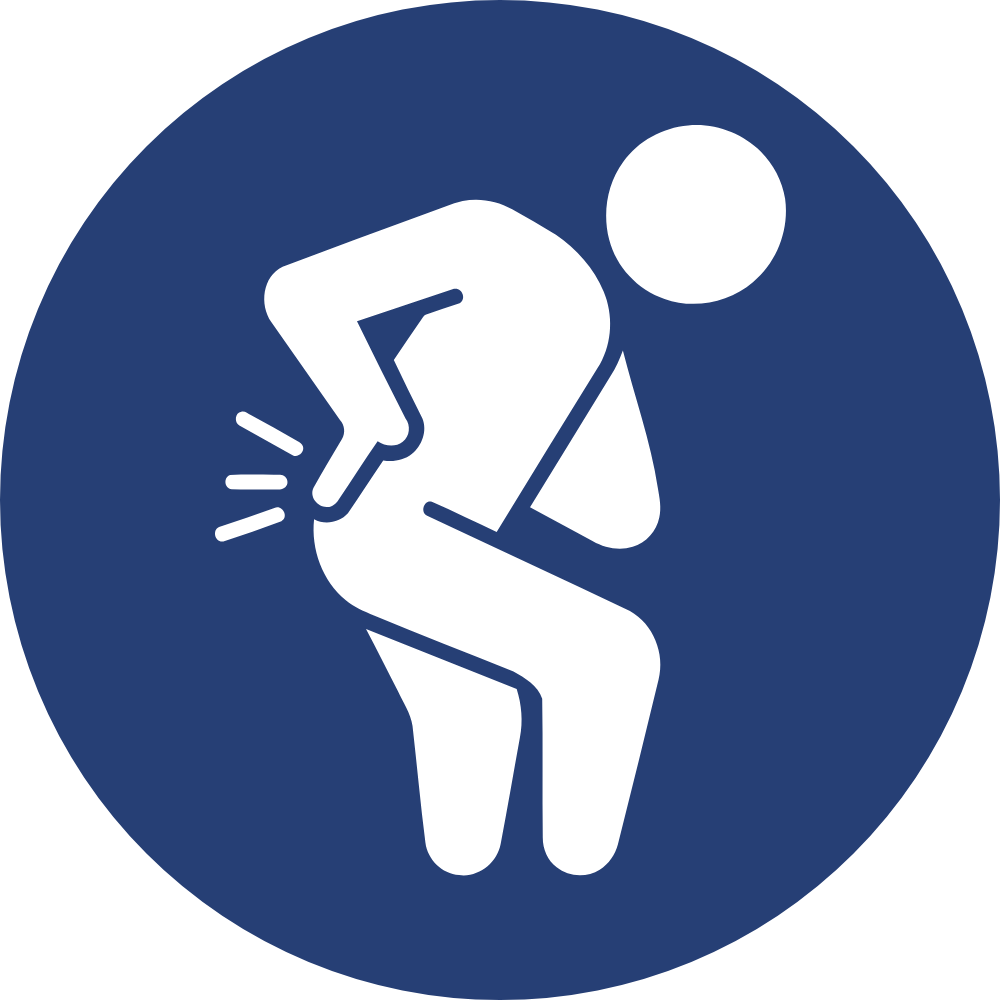
Know Your Low Back Pain Treatment Plan
Low Back Pain Treatment in Korba – Targeting the Root Cause for Lasting Relief
Low back pain can have many causes — poor posture, weak core and back muscles, incorrect sitting habits, or even emotional stress.
At Korba Spine & Joint Centre, we provide expert low back pain treatment in Korba by addressing the root cause — not just the symptoms.
Our experienced physiotherapists assess your lifestyle, posture, spine strength, and daily movement patterns to create a personalized treatment plan that ensures long-term recovery — not just short-term relief.
With a combination of accurate diagnosis and advanced physiotherapy techniques like Electrotherapy, Manual Therapy, Core Strengthening, and Spine Training Exercises, our goal is to help you achieve full and permanent relief from lower back pain.
Looking for effective and non-surgical lower back pain physiotherapy in Korba? Visit Korba Spine & Joint Centre today.
💡Our Approach is Different
We believe in correcting root causes, not just relieving pain.
Our therapy focuses on posture correction, core strengthening, and lifestyle changes.
Educating patients on ergonomics and spinal health is key to long-term recovery.
Start Your Recovery Today
Take the first step towards a pain-free life. Consultation is free — but recovery is priceless.
🧠 Recovery Roadmap at Our Clinic
Proper Diagnosis
We begin with a complete clinical evaluation, posture analysis, and necessary tests to understand the root cause of your pain.
Customized Treatment Plan
Every spine is different. Your treatment is tailored for your condition, age, activity level, and recovery goals.
Supervised Physiotherapy Sessions
You’ll get 1-on-1 focused care and treatment with expert supervision.
Posture & Habit Fixes
We train your body for real-life tasks — from sitting right to lifting correctly — to prevent future spine issues.
Home Routine & Maintenance
Your recovery continues at home with easy stretches, habit reminders, and follow-ups to ensure lasting relief.
COMMON CONDITIONS RELATED TO LOW BACK PAIN
1. Lumbar Disc Herniation (Slipped Disc)
Description: A condition where the soft inner core of the intervertebral disc protrudes through a tear in the outer layer, compressing nearby nerves.
Symptoms: Sharp lower back pain, leg pain, numbness, tingling, and muscle weakness, often affecting one side.
2. Lumbar Spondylosis (Degenerative Disc Disease)
Description: Age-related wear and tear of the intervertebral discs and joints, leading to disc degeneration and bony growths.
Symptoms: Chronic lower back pain, stiffness, and reduced range of motion. Pain may radiate to the buttocks and legs.
3. Lumbar Canal Stenosis
Description: Narrowing of the spinal canal, putting pressure on the spinal cord and nerves.
Symptoms: Pain, numbness, or weakness in the legs, especially while standing or walking (claudication). Pain relieved by sitting or bending forward.
4. Sciatica
Description: Compression or irritation of the sciatic nerve, usually due to a herniated disc or spinal stenosis.
Symptoms: Sharp pain radiating from the lower back to the buttock and down the leg, often accompanied by numbness or tingling.
5. Spondylolisthesis
Description: Forward displacement of one vertebra over the one below it, leading to spinal instability.
Symptoms: Lower back pain, hamstring tightness, and leg pain. Severe cases may cause numbness, weakness, or difficulty walking.
6. Piriformis Syndrome
Description: Compression or irritation of the sciatic nerve by the piriformis muscle in the buttock.
Symptoms: Pain in the buttock that radiates down the leg, worsened by sitting, standing, or crossing legs.
7. Sacroiliac Joint Dysfunction (SIJ Dysfunction)
Description: Improper movement or inflammation of the sacroiliac joint connecting the spine and pelvis.
Symptoms: Lower back pain on one side, radiating to the buttocks, hips, or groin. Aggravated by standing or stair climbing.
8. Coccydynia (Coccyx Pain)
Description: Inflammation or injury to the coccyx (tailbone) at the base of the spine.
Symptoms: Localized pain at the tailbone, worsened by sitting or transitioning from sitting to standing
9. Ankylosing Spondylitis
Description: A chronic inflammatory disease primarily affecting the spine and sacroiliac joints, leading to fusion of the vertebrae.
Symptoms: Gradual onset of lower back pain and stiffness, typically worse in the morning and improving with exercise.
10. Lumbago (Nonspecific Low Back Pain)
Description: Generalized low back pain without a specific identifiable cause.
Symptoms: Dull or sharp pain in the lower back, often due to muscle strain or ligament sprain.
11. Lumbar Radiculopathy
Description: Compression or irritation of the lumbar spinal nerve roots, causing pain along the nerve distribution.
Symptoms: Sharp, shooting pain radiating from the lower back to the leg (commonly called “sciatica”), muscle weakness, and numbness.
12. Sacroiliitis
Description: Inflammation of one or both sacroiliac joints, often linked to inflammatory arthritis conditions.
Symptoms: Pain in the lower back and buttocks, stiffness, and sometimes pain radiating to the groin or legs.
Don’t ignore your back pain — understand it
Most back problems don’t need surgery. With proper diagnosis and physiotherapy, you can get long-lasting relief. 👇 Start with a free consultation — your spine deserves it.
